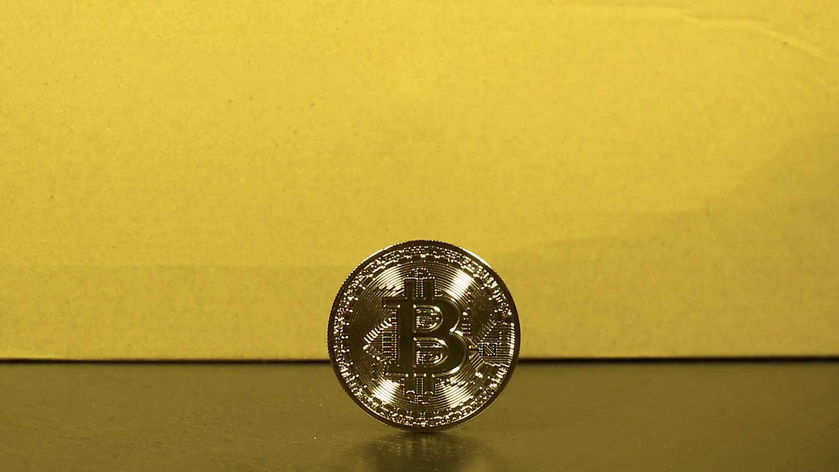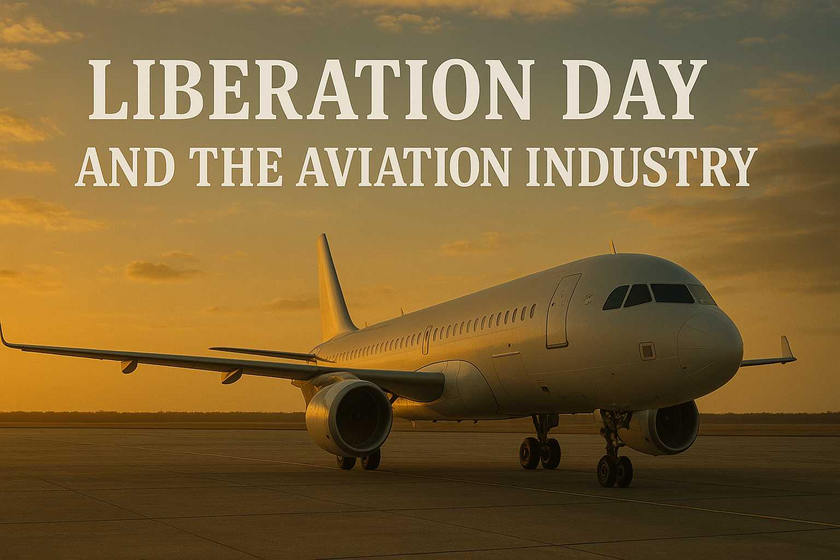
In continuation of our series on Central Bank Digital Currencies (CBDCs), we would like to share some major developments on what’s going on with the United States Federal Reserve.
The federal reserve (Fed) Recently launched its FedNow program. Before we go further, let us say here that this is not a CBDC in the strictest of definitions. This seems to be a system between the Fed and banks, rather than between the Fed and individuals within the US economy.
That being said, however, it would seem as if based on what FedNow is intended to do many economists believe that it’s dangerous because of how it allows money to be transferred instantaneously between banks which would exacerbate bank runs in the future. That is, making bank runs a lot easier and making small banks in particular more vulnerable to bank runs and inevitable collapse.
What does this have to do with aviation? With the exception of large aviation and aerospace companies most aviation businesses particularly in the general aviation, private charter, and MRO segments do business primarily with small regional banks. If there are economic challenges that lead individuals to have run on the banks, and the Fed now system allows for that run to be even more instantaneous, which causes the bank to collapse then one can see how this will affect the majority of aviation businesses. While there is not much we can do about this new system at this time, it is important to be aware of what its downsides are and be prepared if the worst happens.
In this week’s full article, we share some details about what FedNow is, and is not, while highlighting its upsides and downsides. This will give the reader a greater understanding of what’s happening and what to expect moving forward.
For additional readings on central bank digital currency and the aviation industry, please see also: ‘Central Bank Digital Currencies: Net Positive For Aviation?’, ‘Central Bank Digital Currencies: The Argument for.’, ‘Central Bank Digital Currency: Nothing to Fear?’, and ‘Aviation: More on Central Bank Digital Currency.’
Starting in July, the Federal Reserve will be rolling out a new payment service dubbed “FedNow.” Among many on the dissident side of politics, there is a growing worry that this new service may be a trojan horse for a central bank digital currency (CBDC).
The concern is a valid one. A CBDC, depending on how it is implemented, could eliminate the privacy allowed by a cash system, allow the freezing of accounts with greater ease, and open the door to social credit scores for individuals. One asks, is the fear of FedNow truly justified? Or is it a risk for another reason?
To analyze whether FedNow is a trojan horse for a CBDC, one must first understand what a CBDC would be in function. A CBDC, as defined by the Federal Reserve itself, would be “money that is a liability of the central bank.” In essence, a CBDC would be a digital dollar with accounts held at the Federal Reserve itself, similar to what the Federal Reserve offers to banks today. Jerome Powell, the Federal Reserve chairman, has dubbed this a “wholesale” CBDC and stated on numerous occasions that such a currency could only be made so by an act of Congress. Legally, individuals cannot have accounts at the Federal Reserve. Changes to this must be made by Congress, to which Powell has not offered an opinion.
Powell is not the only policy maker at the Federal Reserve to express concern or show dismissal toward possible benefits of a CBDC. Federal Reserve governor Michelle Bowman did as much during a speech to Georgetown University in April 2023. Bowman discussed the listed benefits of a CBDC, including possible speeding up of the financial system and the inclusion of more Americans in the banking system. She, however, dismissed all of these. She touted the benefits of FedNow in speeding up interbank transactions but expressed the fears many hold as to the politicization of a possible CBDC. Powell has also dismissed a CBDC on similar lines, stating to the House Financial Services Committee, “We’ll have real-time payments in this country very, very soon” (this being a reference to CBDC’s being proposed as a solution to transaction speeds).
On the possible smoothing of the payment system, Bowman touted FedNow as a solution that would make a CBDC unnecessary. On the subject of including more Americans in the banking system, she noted the skepticism that many hold toward banks. She posited that a CBDC would solve that issue in no way, shape, or form. Among key players on the Federal Reserve Board there is clear opposition to CBDCs.
But to address the elephant: FedNow. Is FedNow a central bank digital currency trojan horse? Short answer: no. Long answer: FedNow is a new settlement system for member banks of the Federal Reserve System. Historically accounts have been settled physically by vehicles moving money between banks at the end of business days. Today it is primarily done by the system known as Fedwire. Very similar name, but it is not the same entity.
Many Americans use different banks providing money warehousing services, thus resulting in transfers of money between different banks as billions of transactions occur each day. This constant stream of transfers results in a figurative spaghetti monster of assets and liabilities changing hands second after second. No bank can possibly process these transactions all at once. Fedwire accumulates payments between various banks, allowing individual account balances to be managed by banks themselves, and at the end of the business day processes payments between them in gross amounts.
The result is massive end-of-day transfers of money between various financial institutions. This service, however, is only possible during banking hours and not at all on weekends or during bank closures. FedNow, in contrast, settles payments instantaneously between banks and continues to do so even past banking hours. This new system is, to put it plainly, an upgrade over the old settlement systems in place at the Federal Reserve. It isn’t a CBDC, but it does pose a new risk.
The recently failed Silicon Valley Bank almost saw 81 percent of its deposits, worth $142 billion, withdrawn in two days. What would have taken longer in the era of physical cash was accelerated by online banking. Apps like Cash App, Zelle, and PayPal, and even those of other banks, have made the old market mechanism of bank runs far more efficient and deadly for banks. Silicon Valley Bank, thus, nearly collapsed and was seized by regulators.
FedNow, as a system, would worsen this risk. As Austrians have long noted, fractional reserve banking is a confidence game. By issuing more liabilities than assets, a fractional reserve bank relies on the hope of having enough cash on hand if depositors come knocking. The market correction comes in the form of bank runs, where depositors rush to their bank and withdraw all their deposits. The bank, being unable to meet all redemption requests, goes insolvent and must liquidate other assets to meet the demands.
The gamble of a fractional reserve bank is anticipating the depositors’ demand for their physical deposits. So long as it is only a minority of depositors who choose to redeem their claims, the bank may continue to operate. Thus, it is a confidence game. The system works so long as nobody looks under the table.
FedNow heightens the risk of bank failures. While libertarians acknowledge the market at work in bank runs, every bank in the United States operates on a model of fractional reserve banking.
Operating alongside online banking, this new system will increase bank runs and systemic bank failures. While this is certainly a market solution, the effects may be catastrophic. Depositors last in line, deceived by the fraud, may lose everything as a result. Businesses placing their funds in an ordinary bank might lose it all. There will be victims of fraud who may not be able to get restitution.
So, while FedNow is not a CBDC, it does pose a different kind of threat to the economy. Rather than create a risk of government overreach through the Federal Reserve, it opens a massive door to the collapse of the system itself. FedNow, while made to allow better settlement on the market, will be a near-fatal reform to the system that created it.
_________________
Author:
David Brady, Jr.
David Brady is a Catholic libertarian and economics and finance undergraduate student at Florida Southern College. He is a co-host of the “Econphonics” podcast and a Mises Apprentice.
_____________________
This article was published on the Mises Wire on July 24, 2023, with the title “FedNow Isn't a CBDC, but It Is Dangerous”. The views expressed are the author’s, and do not constitute an endorsement by or necessarily represent the views of On Aviation™ or its affiliates.
Thank you for reading this week's On Aviation™ full article. Are you concerned about the launch of the US Federal reserves FedNow? Please share your thoughts in the comments below. Remember to check out our On Aviation™ Podcast and continue the conversation on our Twitter and Instagram.
Orlando - On Aviation™

















